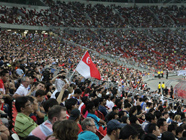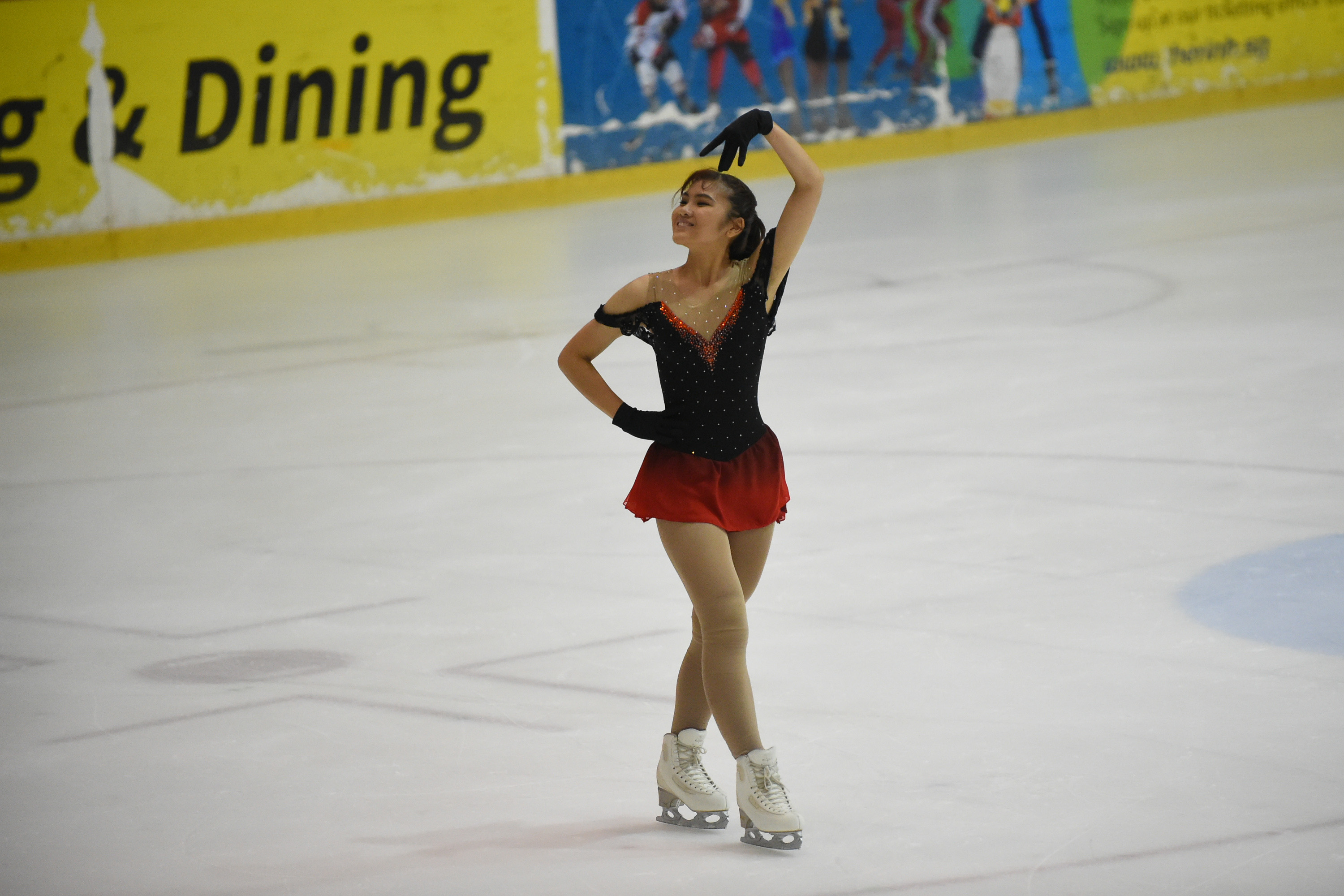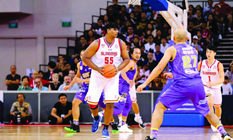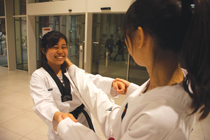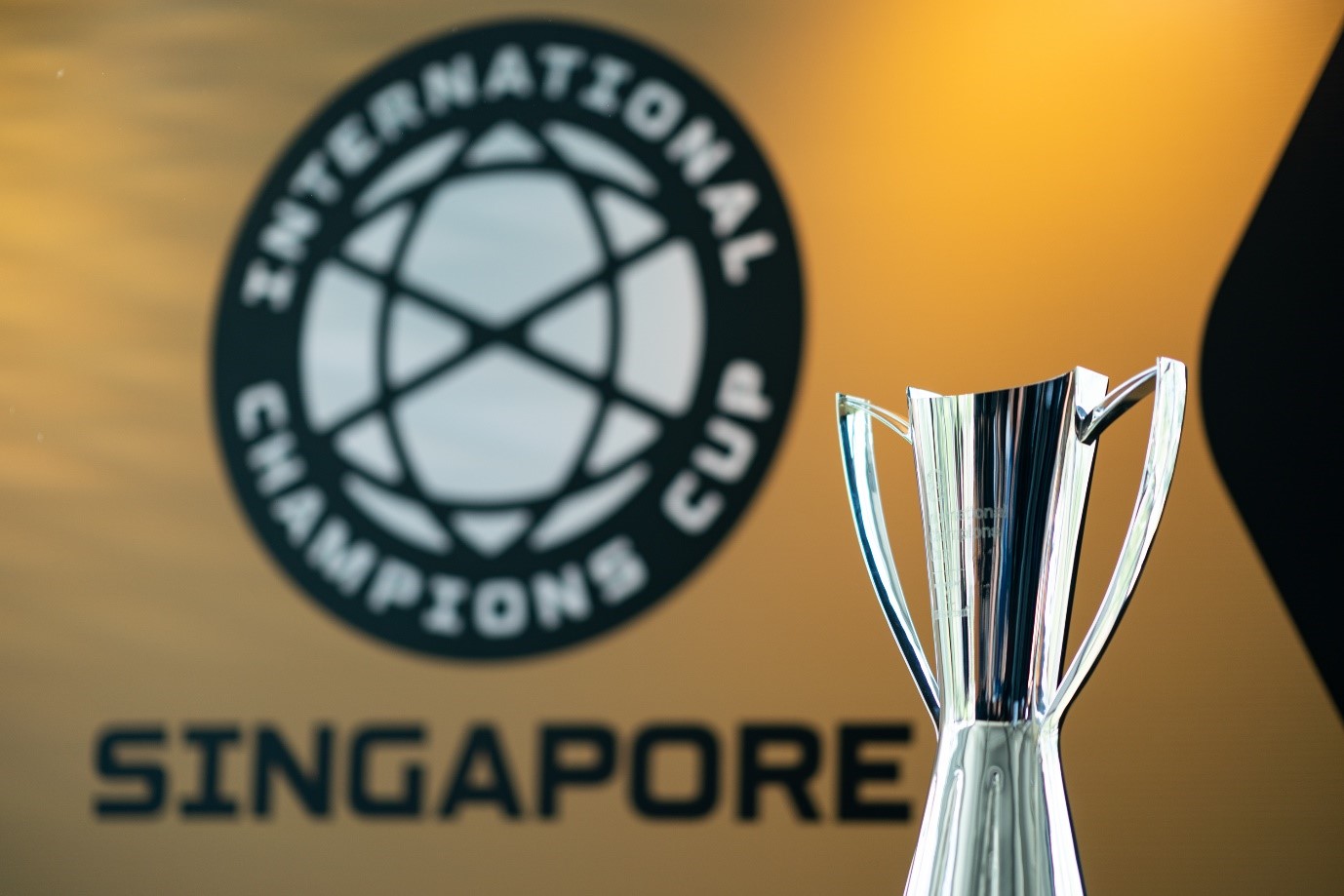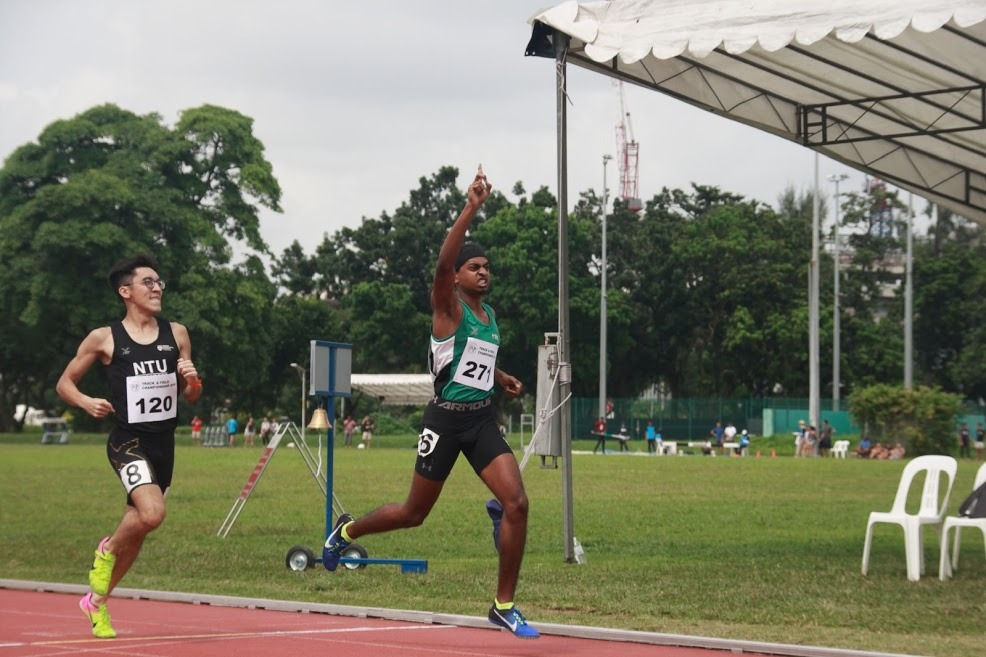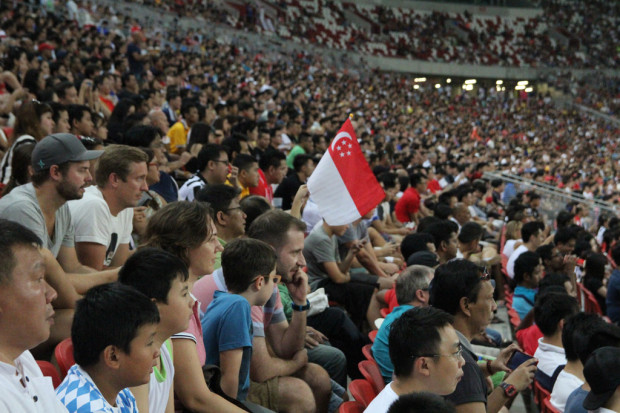
It used to be a weather-worn grey edifice, made of stone and cement from the ground up. Now, it is a steel structure with a distinctive dome that has taken its place in the record books as the world’s largest. What was once an intimidating bowl of noise and rapture is now a top-of-the-line sporting facility. Where crowds sat on hard blocks of concrete, they now have plastic chairs with individual cooling units.
The new National Stadium, which hosted its first football match on Aug 16 after a $1.3-billion makeover that took four years, represents a transition for Singapore sports. Gone are the vendors who patrolled the stands on match days selling karipap, fish balls and drinks. In their place are snazzy snack kiosks, set up all around the stadium. After all, a world-class stadium needs world-class amenities. The old stadium might have been the hallowed ground of Singapore football, but the four gigantic floodlights that used to frame the crumbling arena are a far cry from the retractable roof we have today.
In a testament to the spectacular nature of the new stadium, Singapore Selection coach Bernd Stange compared it to European arenas like Wembley in London and the Parc des Princes in Paris, while Juventus manager Massimiliano Allegri called it “super-modern… a fantastic and beautiful stadium.”
Despite all that has been said about the struggles surrounding local football, Singaporeans of all ages streamed to the National Stadium on that Saturday night to watch a Singapore Selection team take on Italian champions Juventus. The excitement was palpable as people, dressed in the black and white of Juventus and the red of Singapore, walked from the Stadium MRT station to pitchside.
In the thick of the crowd was longtime Bianconeri fan Yusri Ahmad, who was donning a classic Didier Deschamps Juventus shirt circa 1998. However, the 38-year-old technician, who has also been a supporter of the Lions since his youth, was doubtful if the atmosphere of old would be replicated in the new stadium.
“The atmosphere nowadays is very different,” said the 38-year-old. “Back then, the players were like superstars to us. I’d rush to the old National Stadium after school sometimes to get hold of match tickets just to see them in the flesh. I believe many in the crowd today will be from the younger generation who are unfamiliar with the atmosphere in the old stadium. I don’t think it will be the same.”
Another person who shared that view was 20-year-old student Aloysius Wee, who said that the fabled Kallang Roar needs time to ease back in. “The Football Association of Singapore has to publicise Singapore football in a more interesting manner to attract more fans to the stadium,” he said.
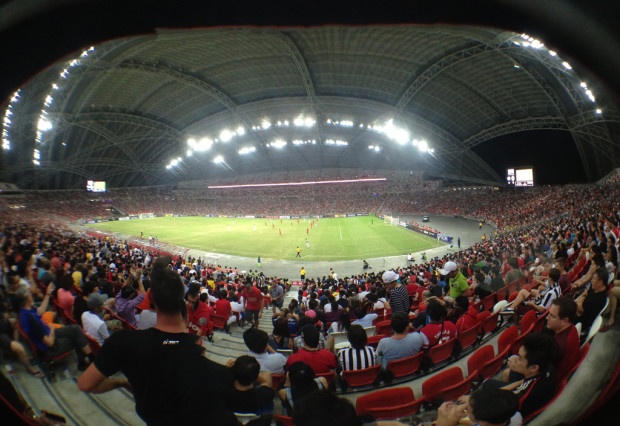
However, as the game kicked off, the atmosphere reached intense levels of pandemonium, with cheers and chants heard all around the dome. It was as if the 27,000-strong crowd was trying their best to prove Yusri and Aloysius wrong. It was then that I realized that football had finally returned home. Four years after Iran’s Gholamreza Rezaei scored the last ever goal at the old stadium, Italian maestro Andrea Pirlo wrote his name into the record books when he opened the scoring on Kallang’s newly-laid, state-of-the-art grass. The crowd jumped in ecstasy, screaming “GOAL!” at the top of their lungs. It felt like the Grand Old Dame never left.
Ultimately, as the dust settled, Stange gave a telling examination of the stadium and its place in Singapore.
“30,000 is good but it’s the first event in the new stadium and it should be fully crowded. We need supporters,” he said, referring to the stadium’s 55,000-people capacity.
“We are selling a product, and we must deliver a good product. If our product – our football – is good, then people will buy it. We are still far away from that… we all, together, have to build this stadium.”
Just like all products, they need customers, and Yusri is one who is now confident about the future of not only the new stadium, but also Singapore football in general. He said: “Maybe at the Asian Games, or the Suzuki Cup, if Singapore go far, then Kallang will find her true voice.”

